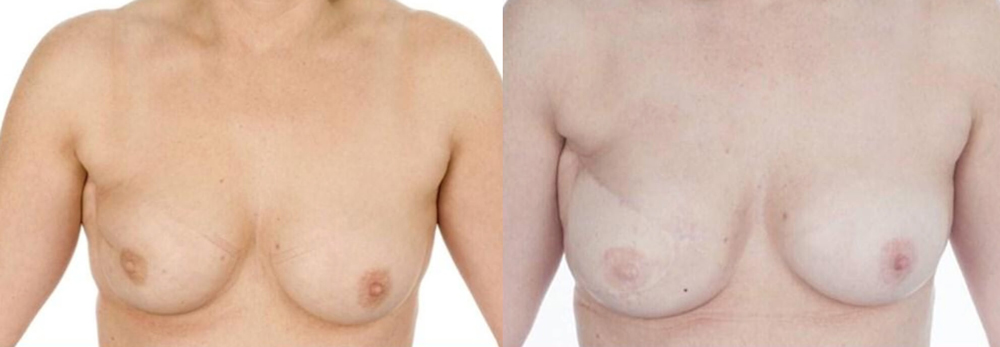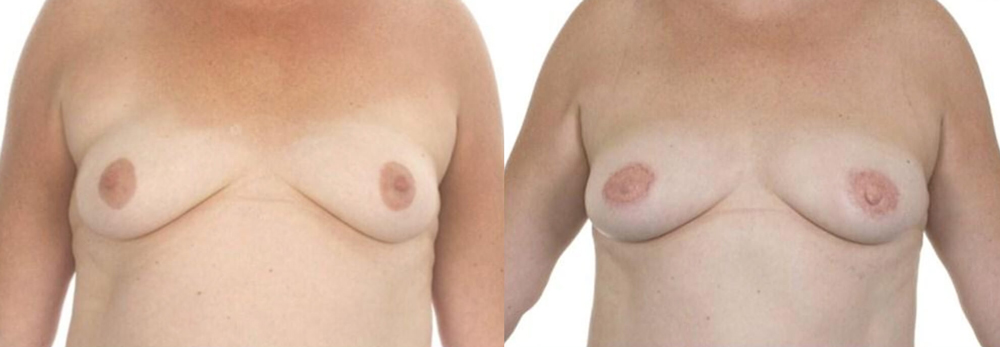Abdominal Flaps
The benefit of TRAM and DIEP flaps is that a large and ptotic (droopy) breast can be created and the reconstructed breast has the look and feel of a normal breast and will not go hard in the future, unlike implant-based reconstructions.



#askjj
Read Jonathan's book now!
Jonathan is on a one man crusade to revolutionise the image of cosmetic surgery and is passionate about spreading his message about cosmetic surgery training.Download our app